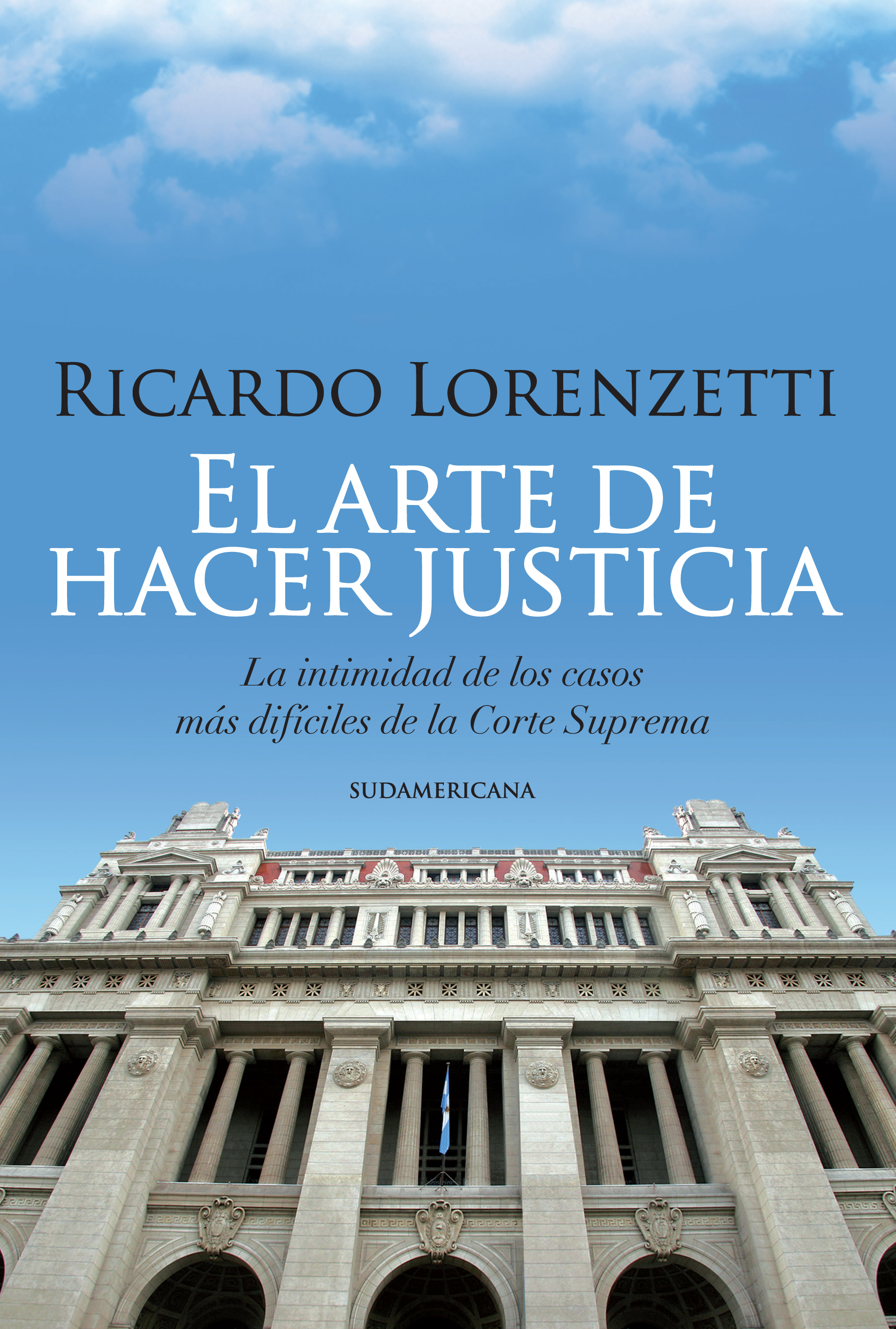The book “The art of making justice”, by Ricardo Lorenzetti, already has editions in Latin America and Europe. In the book, the president of the Supreme Court of Justice of the Nation, based on important cases, reflects on the management of societies, the articulation of conflicts and the consensus and guidelines of governance of the 21st century.
Since this month, the book is now available in Mexico, and since last November, in Colombia. It was also published in Brazil, in Portuguese, and in Paraguay, with distribution in Chile. In 2016 it will be released in Peru.
While in Europe, in a bilingual edition (Spanish and English), it was distributed in Spain, the United Kingdom, Portugal, Germany and France.
In Argentina it was published in 2014, by Editorial Sudamericana.
About the book:
What is it like to do justice in Argentina? What happens behind the doors of the Palace (Palacio de Tribunales)? How are the most delicate rulings solved? This book began with the idea of answering those questions and exposing the work of the Supreme Court to the citizens, to those who are not lawyers or don’t know the language of law. But it ended up becoming something bigger. Based on important cases, the book analyzes the conduct of diverse, multicultural societies, the articulation of conflicts and consensus, the protection of freedom of expression, the ability to freely decide our lifestyles, the debate on equality of subsidies or opportunities, social exclusion, environmental protection and the rule of law. Ricardo Lorenzetti, president of the Supreme Court from 2004 to 2018, narrates in this book, in a kind, “easy-to-read” language, with few (if not any) legal terms, and in the first person, the unknown details of the most complex cases that the Argentine Justice had to face in the last years and that gave birth to a rereading of the Constitution, facing the most acute problems of our society. The book shows the debates inside and outside the Court and marks the great guidelines of the 21st century’s new cycle of governance
.
